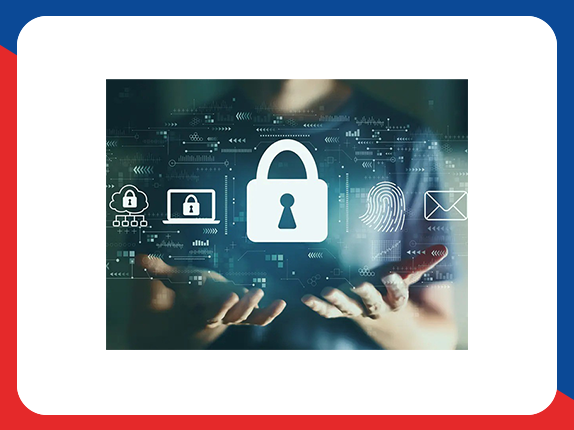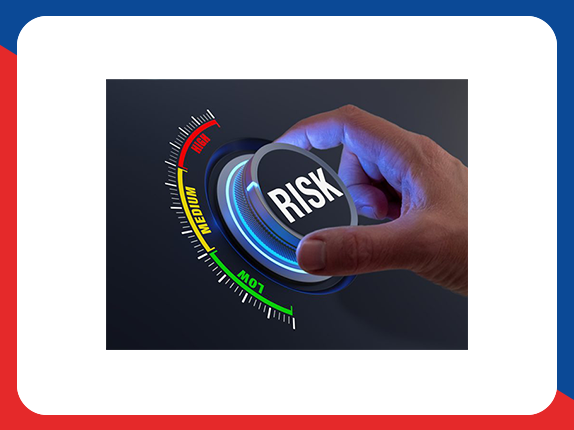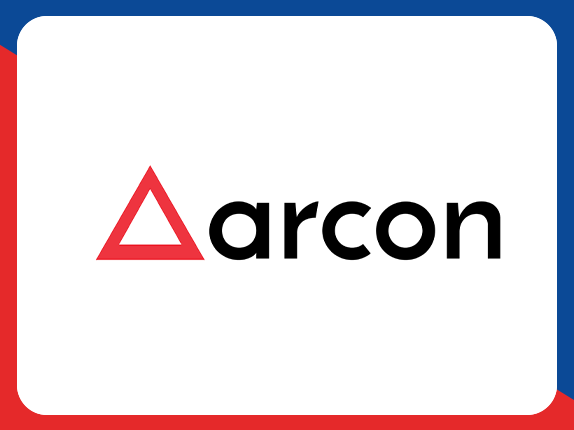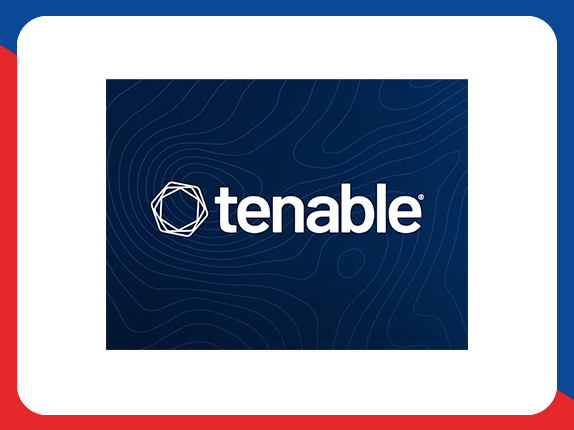Security Orchestration, Automation, and Response
Introduction
In cyber security, SOAR stands for Security Orchestration, Automation, and Response. This technology helps organizations organize, automate and coordinate their security processes and respond to security threats more efficiently. SOAR tools provide the ability to manage security incidents and their response activities in a centralized platform and are designed to improve the efficiency and effectiveness of security teams. Implementing SOAR in an organization can help manage security threats more effectively, improve response times, and reduce the workload of security teams. But deciding the right time to implement SOAR depends on several factors. Here are some key points that can help organizations determine when they are ready to implement SOAR:
Increasing volume and complexity of threats: If an organization is seeing a steady increase in the number and complexity of cyber attacks, especially if the security team is struggling to respond effectively to incidents, then it is a good time to consider implementing SOAR.
Need to improve incident response time: If the response time to security incidents is long and this has caused serious damage to the organization’s resources or reputation, using SOAR can help automate and speed up the response process.
Large number of security alerts: Organizations facing a large number of security alerts that are difficult to manage may benefit from automating and synchronizing SOAR tools to reduce false alarms and allow the security team to focus on real threats.
Resource Constraints: Organizations facing budget or human resource constraints may benefit from implementing SOAR as this technology can help increase efficiency and reduce manpower requirements.
Compliance Requirements: Organizations that must comply with specific security regulations can take advantage of SOAR to ensure security policies and procedures are implemented and accurate reporting is in place.
Integration of existing technologies: Organizations that use multiple security tools and platforms and need coordination and integration can use SOAR to strengthen multilayered security and achieve a unified view.
Implementing SOAR can bring about a major transformation in the way an organization manages security and responds to threats, especially when we are faced with increasing pressures and security threats.
The necessity of implementing SOAR in the organization
Implementing and deploying SOAR (Security Orchestration, Automation, and Response) is essential for organizations for several reasons, especially given the increasing complexity and volume of cyber threats in the modern world. Below are some of the main reasons that indicate the necessity of using SOAR in organizations:
Increasing efficiency of security teams: By automating repetitive and time-consuming processes, SOAR provides the possibility to manage and respond to more incidents in less time. This allows security teams to focus on more complex and strategic threats.
Reduced incident response time: One of the key benefits of SOAR is the significant reduction in incident response time. By automating and synchronizing responses, security incidents are identified and managed more quickly, which can help reduce damages and costs associated with security breaches.
Integrate and integrate security tools: SOAR helps organizations integrate the various security tools they currently use, including SIEM, EDR, and other detection and prevention systems. This helps increase visibility into network activities and improve security responses.
Reduce costs: By increasing automation and efficiency, SOAR can help reduce operational costs. Fewer teams are needed to manage a greater volume of alerts and incidents, and financial risks from data breaches are also reduced.
Predict and prevent attacks: The ability to analyze behavior and use data collected from across the organization can help identify attack patterns and emerging threats. SOAR enables organizations to detect and respond to threats before they become serious problems.
Compliance with security regulations and standards: SOAR can help organizations comply with security and privacy regulations. These systems enable the configuration and monitoring of security policies and facilitate the documentation and reporting required for compliance.
All in all, implementing SOAR in an organization will not only help improve security activities but also increase efficiency and reduce costs, putting the organization in a better position to deal with cyber threats.
Main applications of SOAR for the organization
SOAR is one of the important tools in cyber security, which is designed with the aim of improving the effectiveness of security teams and optimizing their time and resources. The main uses of SOAR in an organization are:
Automation of security processes
SOAR helps automate repetitive and time-consuming security processes. This includes collecting data from various sources, analyzing and processing security incidents, and implementing corrective actions. Automating these processes allows security teams to respond to threats faster and more accurately.
Response to incidents
SOAR provides security incident response management. The tool can automatically execute specific actions based on threat type and risk level, such as quarantining devices, blocking IPs, or changing access. Threat analysis
SOAR tools provide advanced analytics to identify attack patterns and latent threats. These analytics help organizations better understand their security data and identify more sophisticated threats.
Coordination of tools and processes
SOAR enables coordination and integration between various security tools such as firewalls, intrusion detection systems, and security information and event (SIEM) systems. This coordination helps increase the efficiency and effectiveness of security teams.
Reporting and management dashboards
SOAR provides detailed dashboards and reports that allow managers to have a comprehensive view of the organization’s security posture. These reports are useful for evaluating the effectiveness of security measures and planning future strategies.
SOAR applications enable organizations to more effectively address ongoing and growing cybersecurity challenges, reduce threat response time, and overall strengthen their IT security.
The best known tools
Implementing SOAR in an organization requires the use of a set of tools and platforms specifically designed to increase the efficiency of security teams and automate responses to threats. Here are some common and important tools used in SOAR implementation:
Splunk Phantom
Splunk Phantom is a leader in security orchestration and automation, enabling organizations to automatically analyze, prioritize and respond to security threats. The tool integrates with a large number of security and other IT systems, allowing security teams to automate response processes.
IBM Resilient
IBM Resilient is a SOAR platform that helps organizations manage and rapidly respond to security incidents. The system has extensive support for building and managing incident response programs and allows users to configure automated response scenarios based on best practices.
Cisco SecureX
Cisco SecureX is a cloud-based security platform that provides orchestration and automation features. This tool enables security teams to more effectively integrate with other Cisco products and third-party systems, improving security visibility and managing threats at scale.
Siemplify
Siemplify is a stand-alone SOAR platform with a strong focus on orchestration and automation. The tool provides an intuitive environment for building and implementing threat response processes and helps security teams optimize and standardize their processes.
LogRhythm
LogRhythm is a security platform that provides SOAR components alongside SIEM. This tool allows security teams to analyze security data and automatically react to incidents.
Implementing these SOAR tools can help organizations improve their security capabilities, reduce incident response time, and use their human resources more efficiently. These tools also help promote collaboration between different teams and reduce security risks.
Key Features
Coordination: SOAR tools coordinate various security processes and tools so that security teams can respond to incidents in a unified manner.
Automation: SOAR automates repetitive processes, including data collection, incident analysis, and implementation of corrective actions. This will help reduce the workload of security teams and respond to threats faster.
Incident Response: SOAR allows security teams to respond to security incidents effectively by providing step-by-step instructions for incident management and resolution.
Decision Support: By analyzing data collected from multiple sources, SOAR helps security teams make more informed decisions and better prioritize incidents.
Integration: SOAR tools integrate with other security systems such as SIEM (Security Information and Event Management) and EDR (Endpoint Detection and Response) to provide a multilayered and more detailed view of security threats.
Benefits of using SOAR for the organization
Reduced Incident Response Time: Automating processes enables security teams to respond to incidents faster.
Improve the efficiency of security teams: By automating repetitive processes, team members can focus on more complex and strategic issues.
Strengthening cyber security: harmonizing and automating various security tools creates a stronger defense against cyber attacks.
Overall, SOAR is a powerful tool for organizations looking to optimize and strengthen their security processes, especially in complex environments and persistent cyber threats.
The infrastructure required to implement SOAR in the organization
Implementing SOAR (Security Orchestration, Automation, and Response) in an organization requires careful planning and proper infrastructure to ensure that these systems work effectively and integrate with other security and IT components of the organization. Here are some of the most important infrastructure requirements for a successful SOAR implementation:
Hardware and software
Servers and Storage: SOAR usually requires powerful servers to process data and store information. These servers must be able to control network traffic




